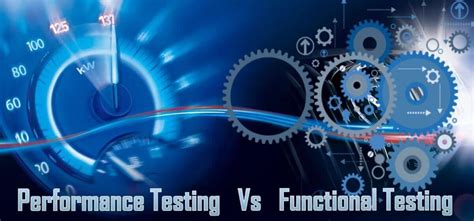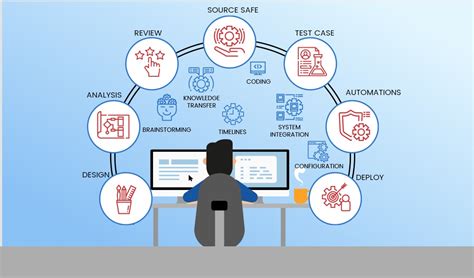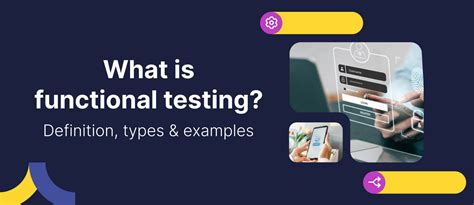Why Is Functional Testing Important in PCB Assembly?
Functional testing is essential in PCB assembly for several reasons:
-
Ensuring Product Quality: Functional testing helps identify any defects or issues in the PCB that may affect its performance, reliability, and durability. By detecting these issues early in the assembly process, manufacturers can ensure that the final product meets the required quality standards.
-
Reducing Costs: Identifying and fixing defects early in the assembly process can help reduce costs associated with rework, repairs, and product returns. Functional testing helps catch these issues before the PCB is integrated into the final product, saving time and money.
-
Improving Customer Satisfaction: Functional testing ensures that the PCB functions as intended, meeting the customer’s requirements and expectations. This helps improve customer satisfaction and reduces the likelihood of product returns or complaints.
-
Ensuring Safety: In some applications, such as medical devices or aerospace equipment, PCB failure can have serious consequences. Functional testing helps ensure that the PCB is safe to use and meets the necessary safety standards.
Types of Functional Testing in PCB Assembly
There are several types of functional testing that can be performed on a PCB, depending on the specific requirements and application. Some common types of functional testing include:
In-Circuit Testing (ICT)
In-circuit testing is a type of functional testing that involves testing individual components on the PCB to ensure they are functioning correctly. This is done by using a bed of nails fixture that makes contact with specific points on the PCB, allowing the tester to measure the electrical characteristics of each component.
| Advantages of ICT | Disadvantages of ICT |
|---|---|
| High fault coverage | Requires custom fixtures |
| Fast testing speed | Limited to testing individual components |
| Automated testing | May damage PCB during testing |
Flying Probe Testing
Flying probe testing is a type of functional testing that uses mobile probes to make contact with specific points on the PCB. This allows for more flexibility than ICT, as the probes can be programmed to test different points on the PCB without the need for a custom fixture.
| Advantages of Flying Probe Testing | Disadvantages of Flying Probe Testing |
|---|---|
| Flexible testing | Slower than ICT |
| No custom fixtures required | Limited fault coverage |
| Non-destructive testing | More expensive than ICT |
Boundary Scan Testing
Boundary scan testing is a type of functional testing that uses a special circuit built into the PCB to test the interconnections between components. This allows for testing of the PCB without the need for physical access to the components.
| Advantages of Boundary Scan Testing | Disadvantages of Boundary Scan Testing |
|---|---|
| Tests interconnections between components | Requires special Circuit design |
| Non-destructive testing | Limited to testing digital components |
| Can test hard-to-reach components | May require additional hardware |
Functional Test Fixtures
Functional test fixtures are custom-designed fixtures that allow for testing of the PCB under real-world conditions. These fixtures can simulate the actual operating environment of the PCB, including temperature, humidity, and vibration.
| Advantages of Functional Test Fixtures | Disadvantages of Functional Test Fixtures |
|---|---|
| Tests PCB under real-world conditions | Requires custom design |
| Can test multiple functions simultaneously | May be expensive |
| Can be automated | May require special equipment |

Functional Testing Methods
There are several methods that can be used to perform functional testing on a PCB, depending on the specific requirements and application. Some common functional testing methods include:
Manual Testing
Manual testing involves manually testing the PCB using test equipment such as oscilloscopes, multimeters, and logic analyzers. This method allows for detailed testing of specific functions and can be useful for troubleshooting and debugging.
| Advantages of Manual Testing | Disadvantages of Manual Testing |
|---|---|
| Allows for detailed testing | Time-consuming |
| Can test specific functions | Requires skilled technicians |
| Useful for troubleshooting | Not suitable for high-volume production |
Automated Testing
Automated testing involves using specialized equipment and software to automatically test the PCB. This method is faster and more efficient than manual testing and can be used for high-volume production.
| Advantages of Automated Testing | Disadvantages of Automated Testing |
|---|---|
| Fast and efficient | Requires specialized equipment |
| Suitable for high-volume production | May not catch all defects |
| Can test multiple functions simultaneously | May require programming skills |
Combinational Testing
Combinational testing involves testing the PCB using a combination of manual and automated testing methods. This allows for the benefits of both methods, such as detailed testing and high-volume production.
| Advantages of Combinational Testing | Disadvantages of Combinational Testing |
|---|---|
| Combines benefits of manual and automated testing | May require additional equipment |
| Allows for detailed testing and high-volume production | May require skilled technicians |
| Can catch more defects than a single method | May be more expensive than a single method |

Best Practices for Functional Testing in PCB Assembly
To ensure effective functional testing in PCB assembly, there are several best practices that should be followed:
-
Define Test Requirements: Before beginning functional testing, it is important to clearly define the test requirements, including the specific functions to be tested, the test conditions, and the acceptance criteria.
-
Choose the Right Testing Method: The choice of testing method should be based on the specific requirements and application of the PCB. Factors to consider include the complexity of the PCB, the volume of production, and the available resources.
-
Use Appropriate Test Equipment: The test equipment used should be appropriate for the specific testing method and PCB design. This may include specialized fixtures, probes, and software.
-
Establish Test Procedures: Test procedures should be clearly defined and documented to ensure consistency and repeatability. This may include step-by-step instructions, test conditions, and acceptance criteria.
-
Perform Regular Calibration: Test equipment should be regularly calibrated to ensure accurate and reliable results. This may include periodic calibration of fixtures, probes, and software.
-
Analyze Test Results: Test results should be carefully analyzed to identify any defects or issues with the PCB. This may include statistical analysis, trend analysis, and root cause analysis.
-
Implement Corrective Actions: Any defects or issues identified during functional testing should be addressed through corrective actions, such as design changes, process improvements, or supplier management.

FAQ
-
What is the difference between functional testing and other types of testing, such as structural testing?
Functional testing focuses on testing the PCB’s performance and functionality under various conditions, while structural testing focuses on testing the physical properties of the PCB, such as its durability and strength. -
Can functional testing catch all defects in a PCB?
While functional testing can catch many defects in a PCB, it may not catch all defects. Some defects may only become apparent under specific conditions or over time. Therefore, it is important to use a combination of testing methods to ensure the highest level of quality. -
How often should functional testing be performed in PCB assembly?
The frequency of functional testing depends on the specific requirements and application of the PCB. In general, functional testing should be performed at various stages of the assembly process, such as after component placement, soldering, and final assembly. -
What are some common defects that can be identified through functional testing?
Some common defects that can be identified through functional testing include short circuits, open circuits, incorrect component values, and incorrect component placement. -
How can the results of functional testing be used to improve the PCB assembly process?
The results of functional testing can be used to identify areas for improvement in the PCB assembly process, such as design changes, process improvements, or supplier management. By continuously analyzing and improving the process based on functional testing results, manufacturers can ensure the highest level of quality and reliability in their PCBs.
Conclusion
Functional testing is a critical step in the PCB assembly process that ensures the printed circuit board functions as intended. By using various types of functional testing, such as in-circuit testing, flying probe testing, boundary scan testing, and functional test fixtures, manufacturers can identify and fix defects early in the assembly process, reducing costs and improving customer satisfaction.
To ensure effective functional testing, manufacturers should follow best practices such as defining test requirements, choosing the right testing method, using appropriate test equipment, establishing test procedures, performing regular calibration, analyzing test results, and implementing corrective actions.
By continuously improving the functional testing process and using the results to drive process improvements, manufacturers can ensure the highest level of quality and reliability in their PCBs, ultimately leading to better products and happier customers.

No responses yet